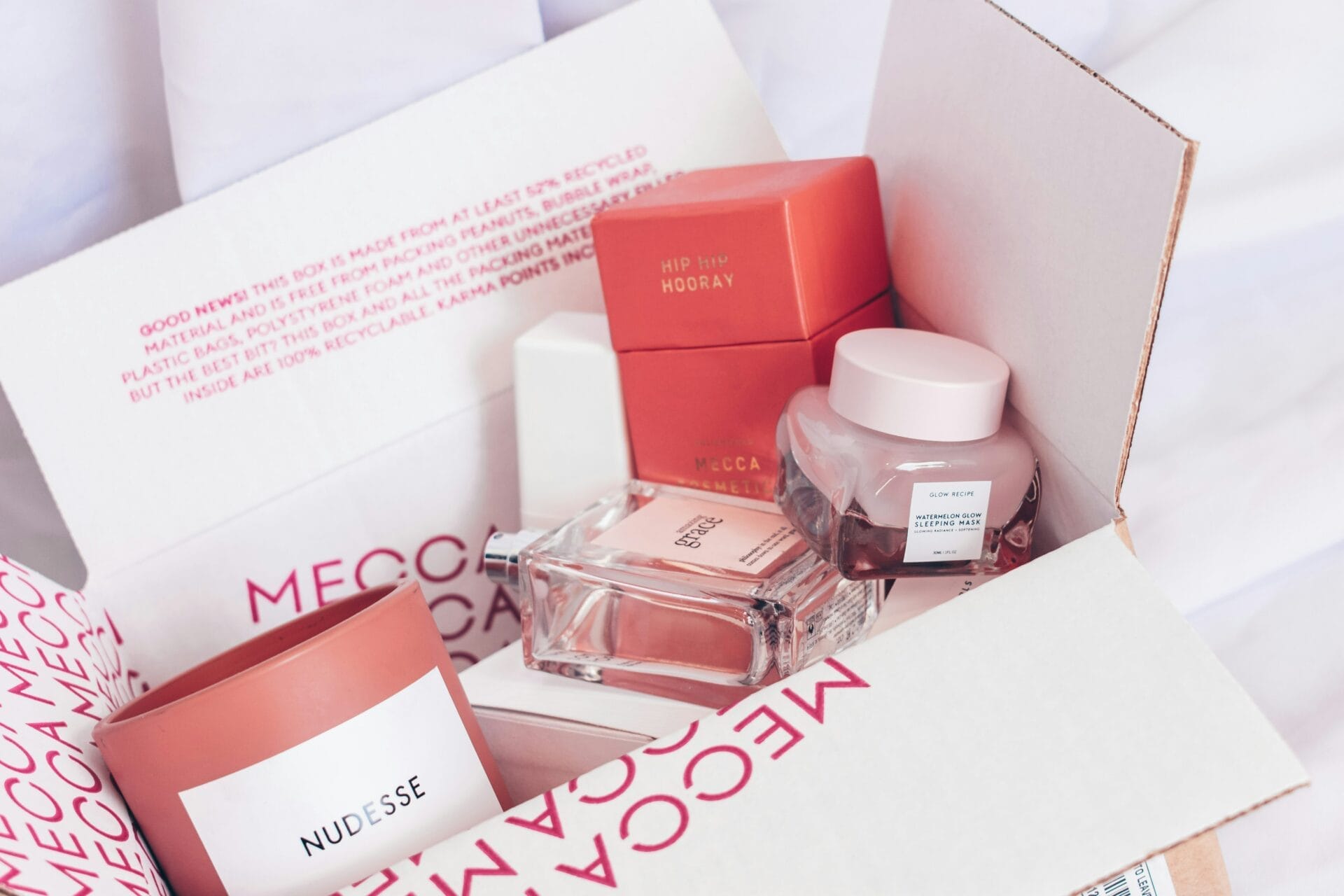As a leading total solution provider in health supplement manufacturing and cosmetic OEM product creation, we are deeply committed to staying ahead of the curve in the ever-evolving cosmetics landscape. A significant trend that has solidified its importance in the cosmetics industry, including packaging, is sustainability. More than ever, consumers are increasingly environmentally conscious and demand eco-friendly innovations in cosmetics packaging. The current focus on sustainability has driven brands to search for innovative packaging solutions that reduce environmental impact without compromising aesthetics, functionality, or product integrity.
Environmental concerns permeate all aspects of the cosmetics industry, from the ingredients used in the formulas to the packaging materials chosen for the end product. Sustainable packaging involves carefully considering and balancing several factors, including recyclability, biodegradability, renewability, and lifecycle assessments. Stakeholders in the cosmetics industry must collaborate to create packaging that has a lower environmental footprint while still preserving the required functionality and branding elements.
In this blog post, we will discuss the importance of sustainable packaging in the cosmetics industry, highlight innovative materials and technologies that enable brands to adopt eco-friendly practices, and share actionable strategies to help businesses successfully transition to sustainable packaging solutions in 2024. By focusing on this key aspect of sustainability, cosmetic brands can meet consumer demands, minimize their environmental impact, and contribute to a more responsible, eco-conscious future for the entire industry.
1. Why Sustainable Packaging Matters in the Cosmetics Industry
Sustainable packaging plays a crucial role in the cosmetics industry for several reasons:
– Environmental impact: Traditional packaging materials, such as single-use plastics, contribute to pollution, deplete natural resources, and generate waste. By adopting sustainable packaging practices, brands can significantly reduce their environmental footprint.
– Consumer demand: Increasingly, consumers are concerned about their environmental impact and prefer purchasing from brands that share their eco-conscious values. By offering sustainable packaging, cosmetic brands can tap into this growing market segment and build brand loyalty.
– Regulatory pressures: Many governments are implementing stricter environmental regulations related to packaging, waste reduction, and recycling. Transitioning to sustainable packaging ensures that cosmetic brands remain compliant with these rules.
2. Innovative Materials and Technologies in Sustainable Packaging
As the demand for sustainable packaging grows, new materials and technologies have emerged to cater to the needs of the cosmetics industry. Some of the most promising developments include:
– Biodegradable plastics: Biodegradable plastics, derived from plant-based sources, break down more easily than traditional plastics. Examples include polylactic acid (PLA) and polyhydroxyalkanoates (PHA).
– Recyclable materials: Materials like glass, aluminum, and post-consumer recycled (PCR) plastics can be easily recycled and reincorporated into new packaging, reducing waste and environmental impact.
– Paper-based packaging: Some innovative companies have developed paper-based packaging for cosmetics, which can be recycled or composted. Examples include folding cartons, tubes, and containers made from paper or cardboard.
– Minimalist packaging: Brands have reduced the use of excess packaging by simplifying their designs or adopting mono-material packaging, which can be more easily recycled.
3. Strategies for a Successful Transition to Sustainable Packaging
Cosmetic brands can adopt several strategies to effectively shift to sustainable packaging solutions:
– Conduct a packaging audit: Analyze current packaging materials and processes to identify areas for improvement. Examine environmental impact, production costs, and consumer preferences to determine the best sustainable packaging options for your brand.
– Collaborate across the supply chain: Work closely with suppliers, manufacturers, and distributors to develop and implement sustainable packaging solutions. Leverage their expertise in material sourcing, production processes, and logistics to ensure a smooth transition.
– Prioritize ease of recycling or composting: Select materials and packaging designs that are easily recyclable or compostable. Clearly label packaging with recycling or disposal instructions to guide consumers in proper disposal.
– Communicate the sustainable message: Use marketing materials to inform consumers about your brand’s commitment to sustainability and educate them on the importance of sustainable packaging. By showcasing your dedication to eco-friendly practices, you can attract environmentally conscious consumers and build brand loyalty.
4. Overcoming Challenges in Sustainable Packaging Implementation
Though the transition to sustainable packaging is both necessary and beneficial, it can pose some challenges for cosmetic brands:
– Cost concerns: Sustainable materials and production processes can sometimes be more expensive than traditional packaging. However, investing in eco-friendly solutions can pay off in the long run by attracting environmentally conscious consumers and improving brand image.
– Material limitations: Some sustainable materials may not provide the same level of protection, stability, or aesthetic appeal as traditional materials. By collaborating with suppliers and conducting testing, you can identify suitable alternatives that meet both environmental and functional requirements.
– Supply chain complexities: Adopting sustainable packaging may require significant changes to the supply chain, from material sourcing to manufacturing and distribution. Building strong relationships with supply chain partners and adopting a transparent approach can help overcome these challenges.
The Future of Sustainable Packaging in the Cosmetics Industry
Embracing sustainable packaging is no longer optional for cosmetic brands in 2024. By investing in innovative materials and technologies, adopting eco-friendly strategies, and overcoming implementation challenges, companies can make a meaningful contribution to environmental conservation and align with consumer demands for responsible, eco-conscious products.
As a total solution provider specializing in health supplement manufacturing and OEM cosmetic product creation, we are well-equipped to help your brand navigate the complexities of sustainable packaging. Contact ORiBionature today to learn how we can support your transition to eco-friendly packaging solutions and ensure your brand’s success in the rapidly evolving cosmetics market.

